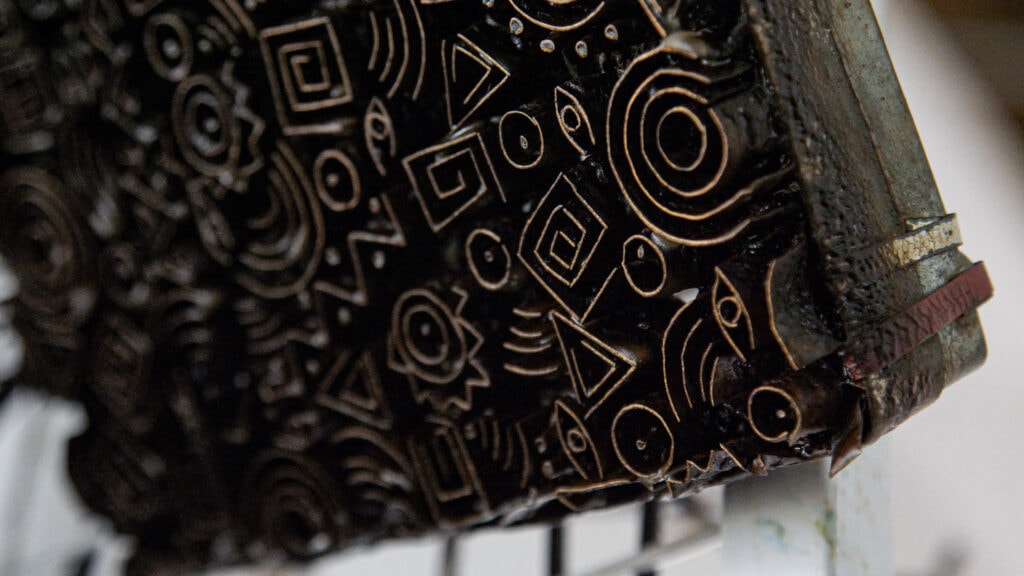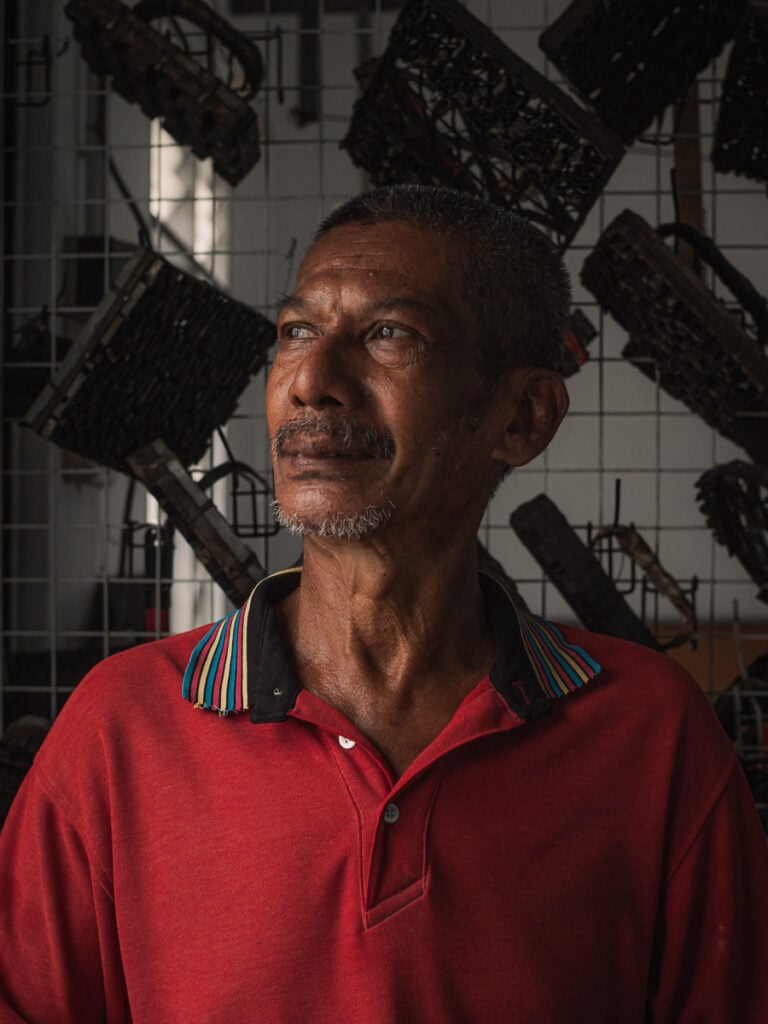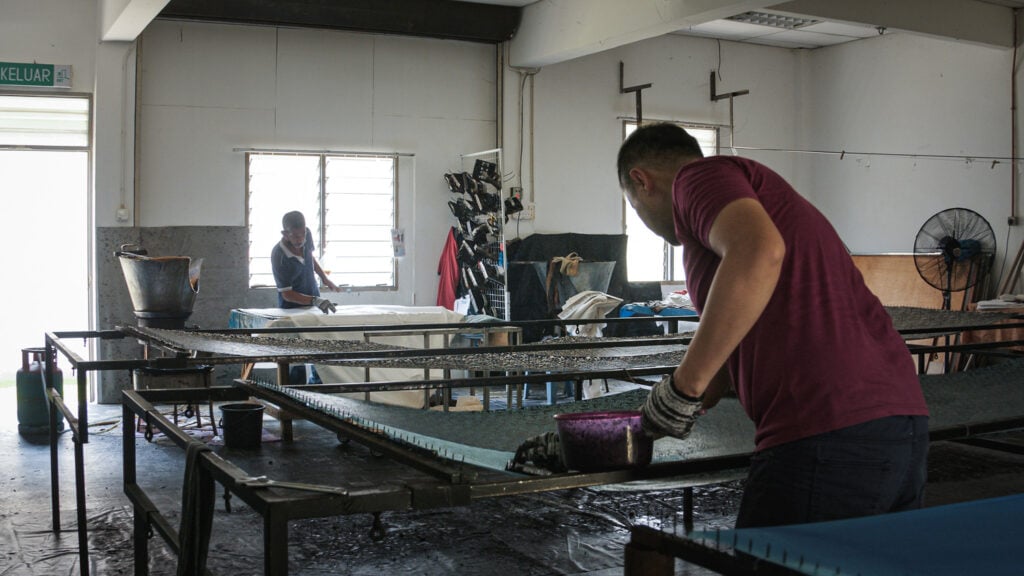
June, 2023
Batik – A Fading Craft
For centuries, handmade crafts have played a huge role in shaping a nation’s culture, economy and national identity. However, the modern world raises serious challenges to many of these crafts. As a consequence, many of these traditional forms of art face a serious risk of slowly fading away. Batik, the technique of decorating cloth using wax and dye, is one of these ancient forms of art that is facing many challenges in today’s world.


A common challenge across many handcraft products stem from fierce industrial competition. Nowadays, companies are able to manufacture products that are very similar in look and in quality from handmade crafts. In Batik industry, for example, high quality printers can create patterns, colors and textures on cloth that resemble the traditional Batik technique. However, due to the use of modern machinery and the financial benefits obtained through economies of scale, these industrial products are produced and offered at considerably lower prices. Many consumers can’t distinguish between handmade and industrial products and others are not even interested in trying to find out the origin of the products they are acquiring. As most consumers tend to be price-oriented, they often end up choosing the industrial products instead of handmade ones. As a result, a lot of the income that was previously being given to local craftsmen are now being redistributed among branded companies and production factories.
Another challenge that many crafts are dealing with today is to attract a new generation artisans to keep the craft alive. Today, the young generation have a wider range of career and educational opportunities to choose from. Education is more accessible and online learning, for example, provides students a chance to acquire specific set of skills that are high in demand in the 21st century. As a consequence, students are opting to pursue careers other careers instead venturing themselves into the craft markets. To make things even more complicated, many of those who choose to work as a craftsmen, eventually quit within the first years. Developing the skills to become a successful craftsman takes many years of practice and, in addition, there are many risks involved. Nowadays, young people usually tend to prioritize and pursuit careers that have a quicker payback and that provide a faster road to success. As current craftsmen start to retire in the following decades, there will be less people sustaining certain crafts.




The first important step to change this landscape and to uplift the craft industry once again, is for consumers to understand more about the products they are acquiring (for example, whether the products was produced by an artisan or by a machine) and try to prioritize handmade over industrial products, even if they tend to be a bit more expensive. It’s important to emphasize that there are many benefits related to buying handmade products such as: supporting local communities by stimulating the local economy and creating jobs; acquiring a one-of-kind item that has a unique value; and also reducing waste and pollution that comes with global distribution (since crafts are locally produced). Finally, buying local crafts is also a way to preserve traditional forms of arts that might fade in the modern age.
If consumers start valuing more handmade crafts, understanding the processes that are required to produce these items and appraising the talented people behind the crafts, some of these products might be lifted once again which which may raise interest and attract a new generation of craftsmen.
Local crafts are inherently connected to a country’s identity and to the everyday life of its citizens. They provide a sense of uniqueness to nations, increase tourism, provides jobs for many individual and tell the story of a country and its people. It is important to preserve them and to value the people who work hard every day to keep them alive.


Batik - A Fading Craft
In June 2023, I visited a Batik workshop in Balik Pulau on the island of Penang, Malaysia. I visited the workshop with James Lin, a local artisan and owner of Batek-Lah Collection, a store located in Georgetown. Its products are designed and produced by local Malaysian artists around the state of Penang. In the workshop, we met Abdul Rashid Bin Omar, a hand block batik artist, who has been working in Batik industry for 40 years.
This video explain the process of handmade Batik production as well as the challenges that local artisans and local crafts are facing today.
